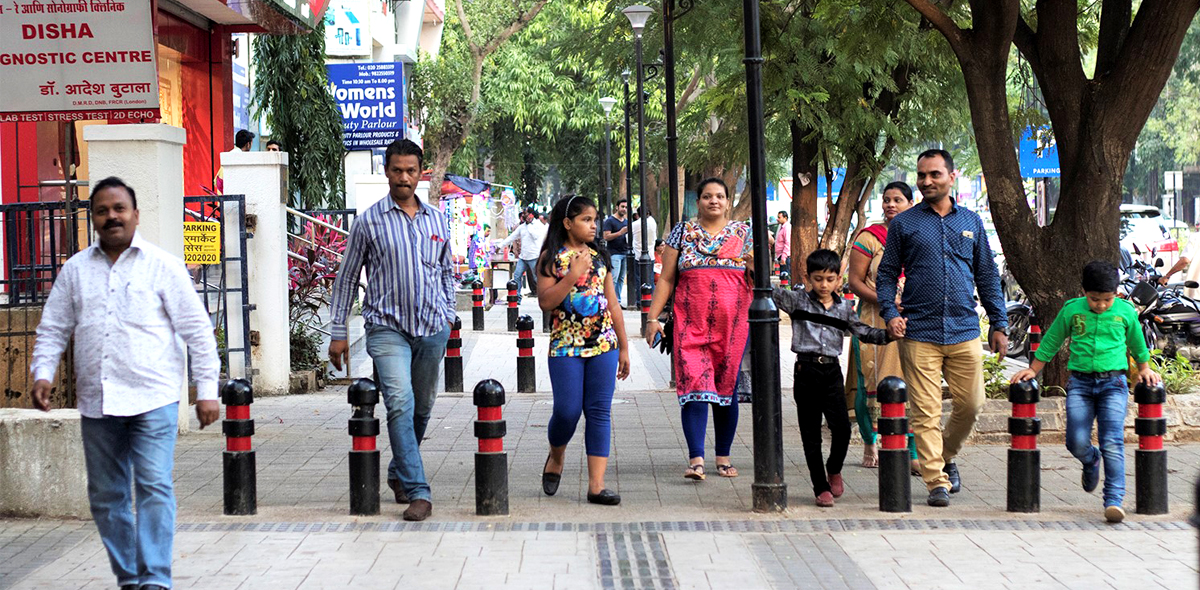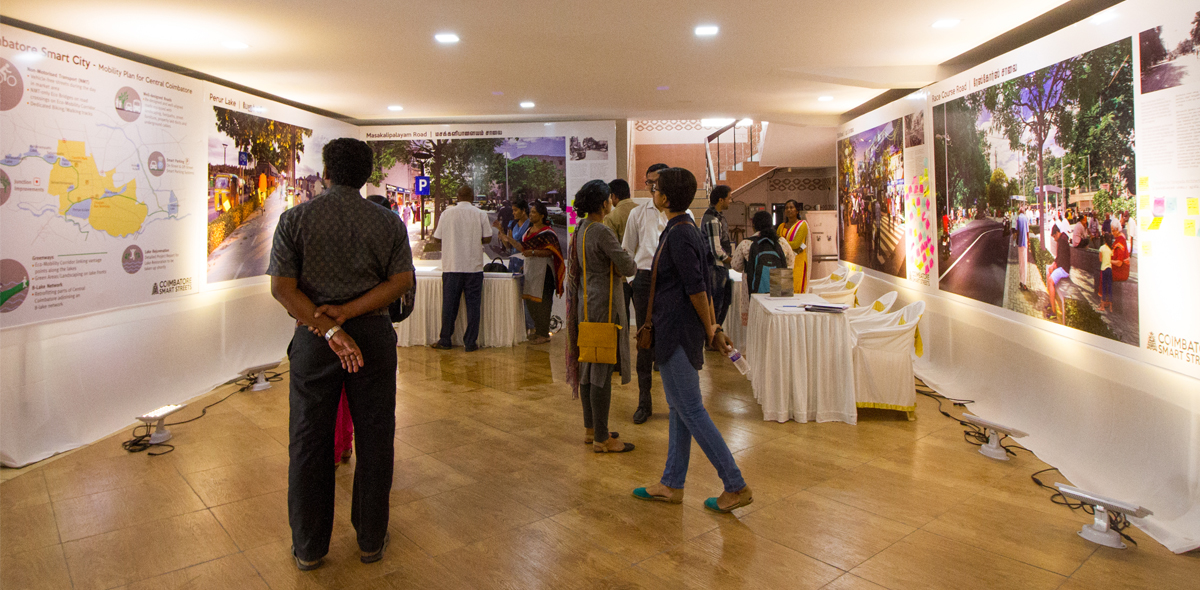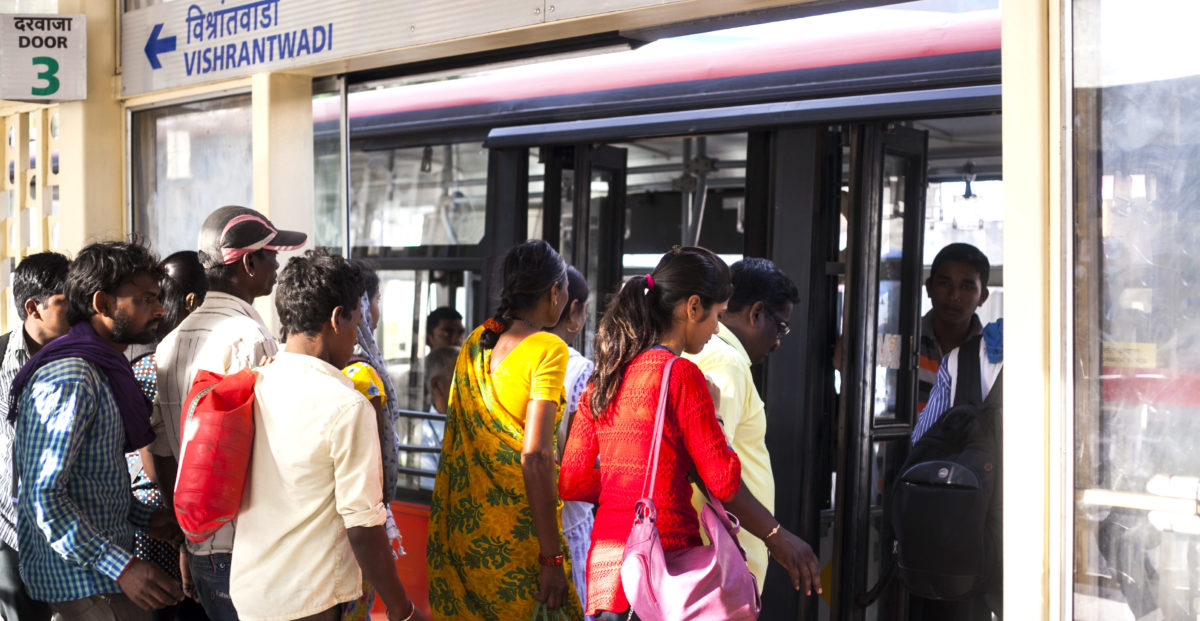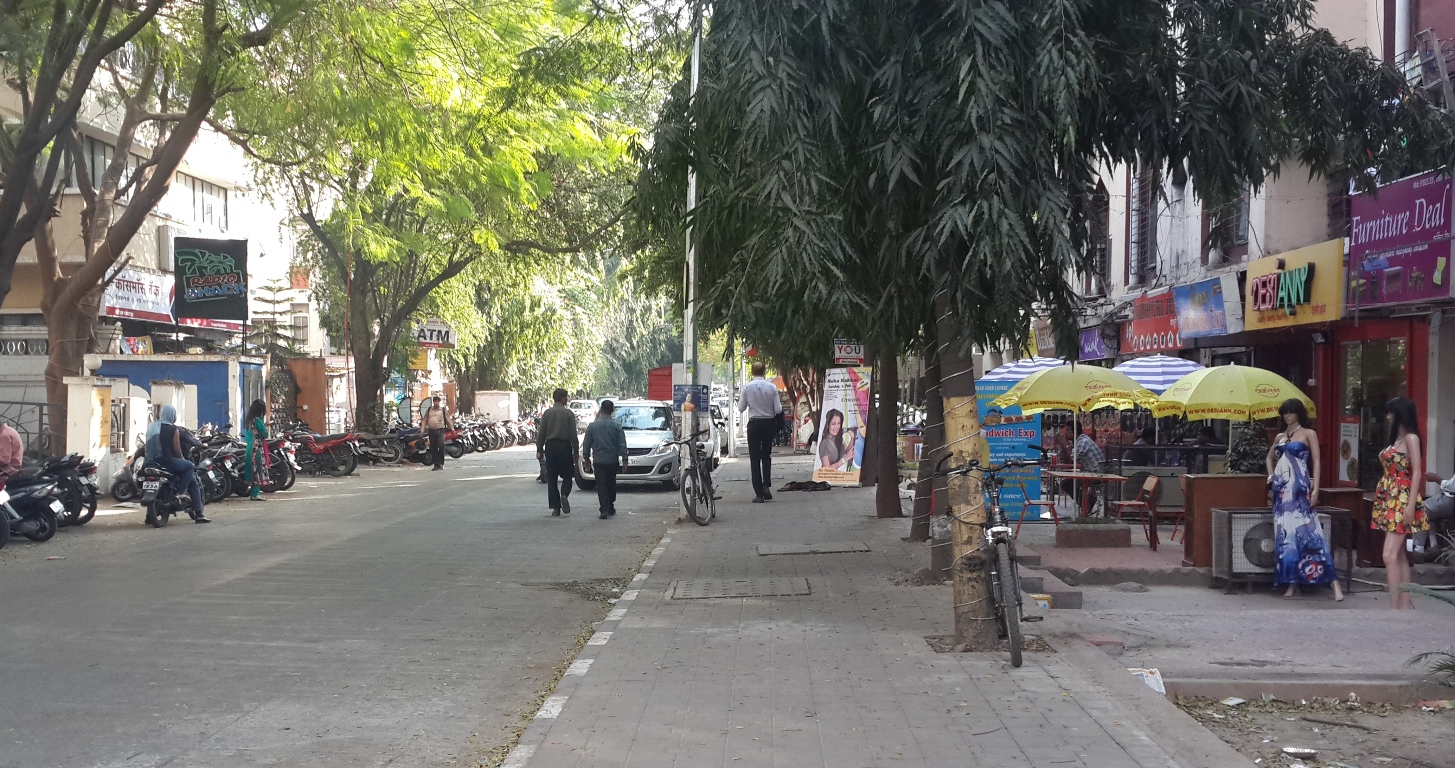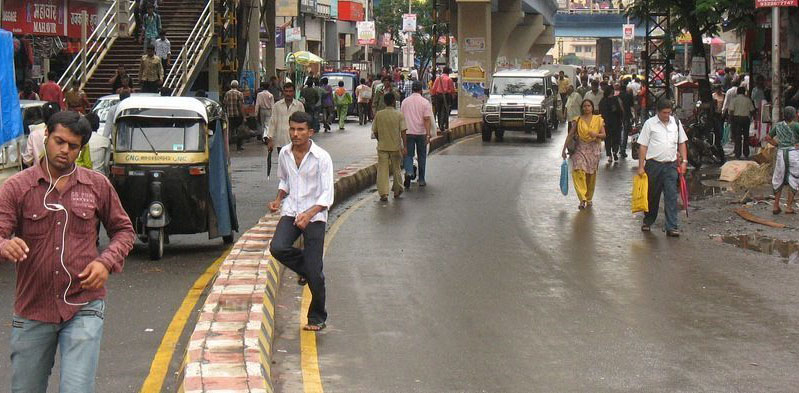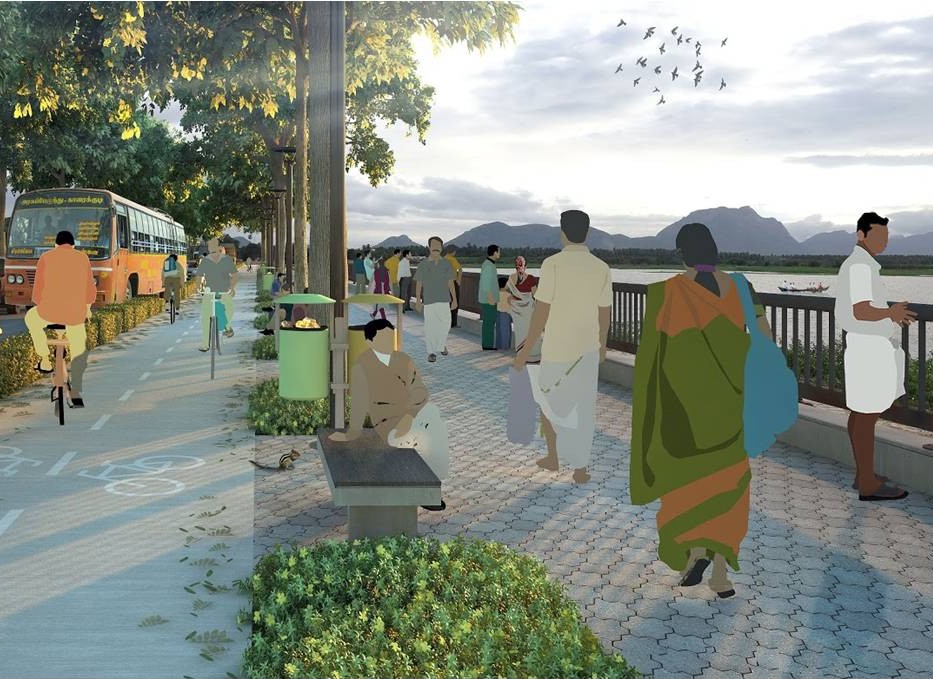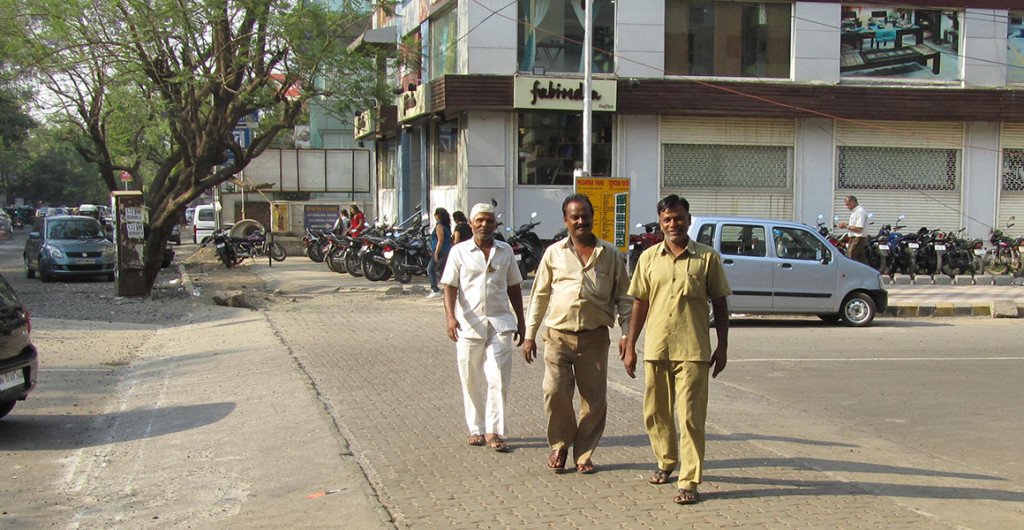“Smart cities are equivalent to glamorous buildings where policies and guidelines form a strong foundation”, Mr. Kunal Kumar, IAS, Commissioner of Pune Municipal Corporation. Over the years, our streets have been reduced to battlefields as people try to grapple with traffic congestion, lack of footpaths, and air pollution. One city that has taken bold, applaudable measures to rectify this chaos is Pune. Pune has been and continues to be an inspiration for many Indian cities that strive to reclaim streets for its people.
To explore Pune’s accomplishments, ITDP organised and facilitated a study tour for Tamil Nadu city officials – Corporation Commissioners of Erode, Madurai, Salem, Tiruppur, and Vellore, accompanied by engineers from the office of the Commissionerate of Municipal Administration. The study tour was conducted in collaboration with Pune Smart City Development Corporation Ltd. (also known as PSCDCL) and Pune Municipal Corporation, in February. The one-day programme aimed to sensitise participants on the best practises of designing complete streets – streets with quality footpaths, segregated cycle tracks, safe pedestrian crossing and managed parking.

Delegates interacting with PSCDCL team at the Smart City Operations Centre
The delegates visited the Smart City Operations Centre that seamlessly integrates management and monitoring of the smart city operations. To the extent, “this system also oversees the energy consumed by streetlights in the city and alerts us when any light stops working”, explained Mr. Manojit Bose,Chief Knowledge Officer, PSCDCL. The team from Tamil Nadu marvelled at the Centre’s resourcefulness at data collection and efficiency in maintaining the city’s public infrastructure.
This was followed by a roundtable discussion, facilitated by Mr Kunal Kumar, Commissioner, Pune Municipal Corporation. Mr Kumar highlighted three guiding principles for a smart city: adopt policies that guide it’s existing and future transportation requirements, leverage multiple sources of funding, and build internal capacity. Pune has launched a two-year programme with Singapore Land Transport Authority to enable 120 engineers from five departments in Pune and Pimpri-Chinchwad to acquire the knowledge and skills required for the projects.

Mr. Kunal Kumar interacts with the Tamil Nadu team and shares his recommendations for the success of the smart city projects.
The discussion was followed by a site visit to Aundh-DP road to observe the seamless execution of Pune’s complete streets. Mr. Vikas Thakar, Pavetech Consultants, gave an insight into the implementation of high quality streets and detailed the design process of DP road. The delegates took the opportunity to experience Pune’s public bicycle sharing (PBS) system first-hand by cycling along the dedicated cycle tracks on DP Road. Pune’s dockless PBS system was proposed under the city’s Bicycle Plan which piloted 275 bicycles of the proposed total of 13,100 docked bicycles. The system received a great response from the delegates.

Tamil Nadu delegates testing Pune’s dockless PBS system
The delegates also visited a transformed public amenity space at Baner. Pune’s vision of creating recreational spaces has been revolutionised. Gone are the days when parks were the only public open spaces in the city. Underutilised and derelict parcels of land have been acquired by the Corporation and developed into theme-based amenity spaces. The two pilot projects in Baner are perfect examples of how cities can explore and catalyse the versatility of urban spaces.

Amenity space developed on the theme of ‘Art and Culture’ in Baner
Although smart cities are often synonymous with information and communication technologies, a city has to invest in human and social capital for improving the quality of life and achieving sustainable economic development. That is when it can truly become a smart city. And, after the exposure visit to Pune, it can be safely said that this is what cities in Tamil Nadu are aspiring for!





